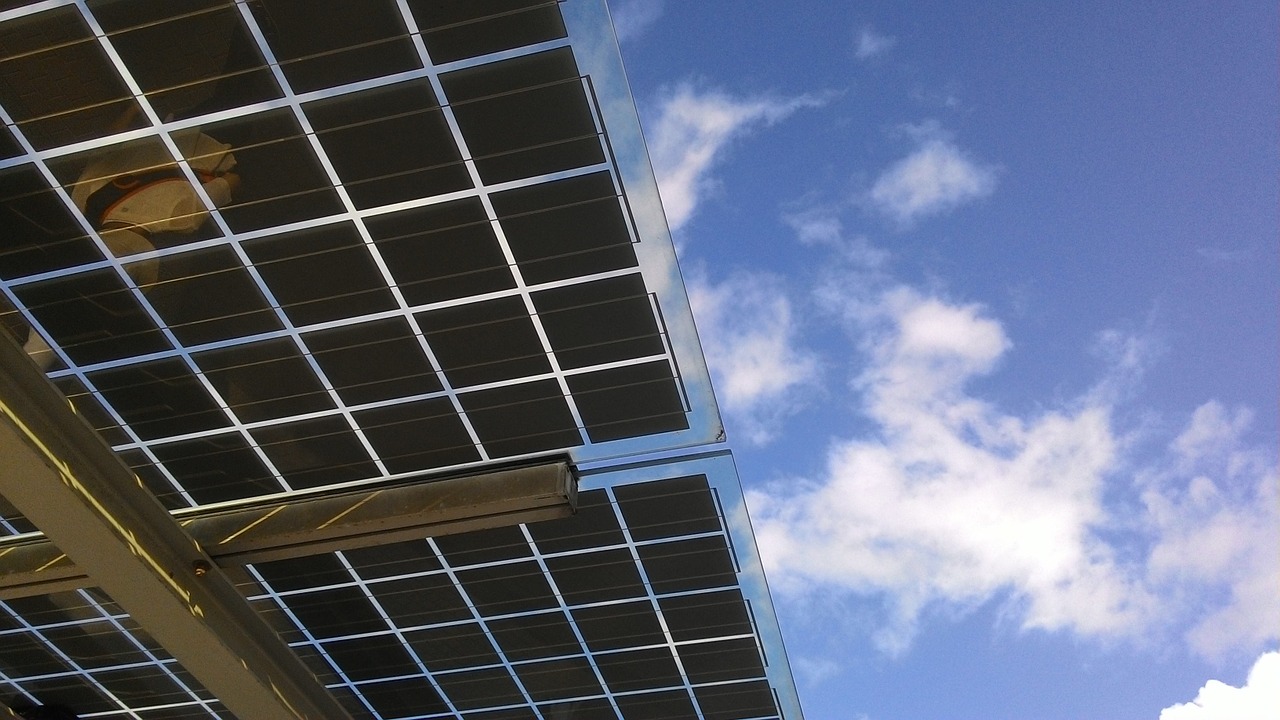LEED is catching on. LEED is one of those terms that is already part of the vocabulary for builders of modern homes, is quickly becoming a term that buyers look for, and can eventually become so common that it is taken for granted. Building a house to use materials, energy, and water efficiently just makes more sense. Why build any other way, especially when LEED homes save money?
Like so many acronyms, it can be easy to forget what the LEED letters stand for, Leadership in Energy and Environmental Design, a set of standards maintained by the non-profit organization, the U. S. Green Building Council. The acronym is beginning to stand for sustainable design, whether it is for a house or a skyscraper.
Conventional, pre-LEED methods were frequently inefficient during every phase of the building’s life. Materials were wasted in construction, insulation was insufficient, landscapes were thirsty for water, and the building could unnecessarily produce unhealthy or damaging emissions. Simple things like installing the wrong carpeting could mean some buyers with allergies would have to look elsewhere.
LEED homes, and buildings in general, aim to work better for the builder, owner, neighborhood, and environment.
For some, that may mean a living roof, solar panels, capturing rain and grey water, just the right windows in the right places, and more sustainable materials like cork or even steel. Those are simply options. It doesn’t have to be that way.

The certification program doesn’t identify specific materials or systems. That’s left to the architect and designer. Indoor environmental quality is more than just indoor air quality. LEED methods do reduce outgassing; but they also improve the comfort of the home through appealing natural and artificial light, views, temperature control, acoustics, and the relationship that’s developed between the people and the spaces. Energy usage is measured against a standard model building of the same size, type, and location; but some aspects are more subjective.
Materials
Think in terms of renewable, recycled, natural, or a combination. That’s why things like bamboo and cork are used. Repurposing an old door or window has little environmental impact because an existing piece is a sunk cost that requires few new resources. Making sure there’s a place for recycle bins is an easy step. Builders who manage construction waste so it can be reused or recycled gain benefits towards certification. Reuse also applies to the entire building. LEED isn’t just for new buildings. The Empire State Building is now LEED certified.

Heating and Cooling
An upgrade for existing homes is to switch from air-conditioning and refrigeration that uses CFCs, the chlorofluorocarbons that are a damaging greenhouse gas. Passive heating and cooling allow natural processes to manage the interior temperatures without active systems. That reduces noise, expense, and maintenance costs. When done well, that means windows for warm, sunny rooms in winter, and cooling ventilation in summer. No surprise, on-site renewable energy production is encouraged, with the benefit to the resident of backup power if the grid has a problem.
Water Usage
Start with drought-resistant plants and already the water usage goes down. Native plants usually don’t require irrigation, which is useful even in places where droughts aren’t the issue. The less the plants have to be maintained, the more time the homeowner has to enjoy their home. Many of the solutions to water management indoors are effectively invisible. Modern fixtures can reduce waste without looking different from their conventional counterparts.

LEED certification is an extensive set of criteria that the builder must respond to. The homeowner may simply see the subsequent benefits. That also puts some of the burden and costs up front, but those tend to be non-recurring. The recurring benefits can be substantial. Besides lower utility bills, and possibly even being paid for the energy produced, a healthier environment can save money for some allergy sufferers. A more pleasant life is a harder benefit to quantify, but can be far more valuable than the change in a utility bill.
Homes are only one example. LEED applies to buildings: houses, offices, schools, even greenhouses. It can seem surprisingly difficult to make a greenhouse a green building, but it has been done. LEED is becoming more widespread because it makes sense, not because it is a fad. Some will request it without understanding what they asked for, but that’s also how the learning process progresses.
If you want to know more, check out: Green Building Council.

